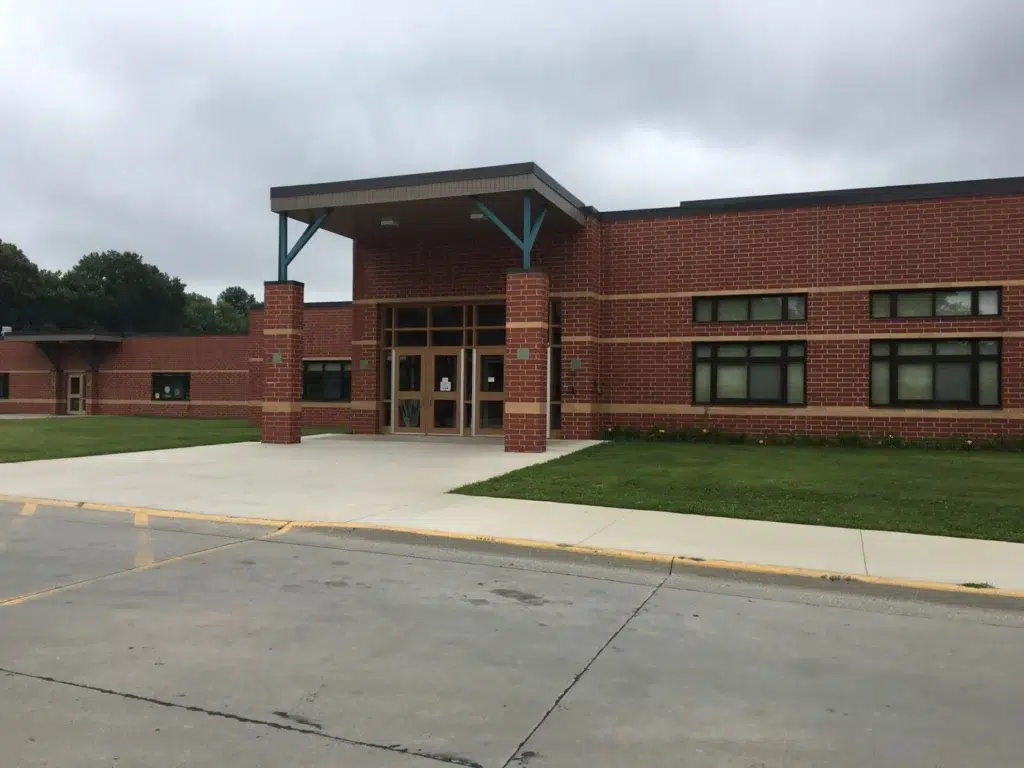Engaging parents and communities in school safety and security initiatives offers numerous benefits for everyone involved. Parents possess a unique perspective on their children’s safety and can contribute valuable insights and suggestions. Community members bring diverse skills and resources that can bolster safety efforts. Schools can implement safety protocols that not only keep the students safe, but by extension, keep the community safe as well. By acknowledging the importance of parent and community involvement, schools can build trust, encourage open communication, and create a supportive network committed to ensuring a safe environment for all.

Why is it Important?
We mentioned building trust and encouraging open communication, but why exactly is it so important for schools to have these within the community?
- Support for school policies: Engaged parents and communities are more likely to support and reinforce school safety policies and guidelines, which strengthens consistency in safety practices both at school and in the community.
- Swift response to emergencies: When parents and communities are informed about emergency procedures and have a clear understanding of their roles, they can respond quickly and effectively in crisis situations, supporting school staff and first responders. They can also help manage reunification processes, provide comfort to students, and assist with communication efforts.
- Community resilience: Strong connections between schools and communities create a more resilient environment, ensuring that everyone is prepared to respond to emergencies and support each other during challenging times.
- Student well-being: Parents have a vested interest in the safety and well-being of their kids. Involving parents in school safety initiatives helps ensure that schools create a secure environment where students can focus on learning without unnecessary worry or fear.
- Early detection and prevention: Engaged parents are more likely to notice behavioral changes or signs of distress in their children. By fostering open communication and involvement, schools can receive timely information that may help identify and address potential safety concerns before they escalate.
- Support for safety measures: When parents are actively engaged in school safety discussions and decision-making, they are more likely to support and comply with safety protocols. This cooperation is crucial for the effective implementation of safety measures.
- Strengthening safety awareness: Engaged parents can help reinforce safety awareness at home and in the community. They can discuss safety practices with their children, teach them how to handle potential risks, and support the school’s efforts to promote safety education.
- Resourceful partnerships: Parents can offer valuable insights, skills, and resources to enhance school safety. They may bring expertise in fields like law enforcement, emergency response, mental health, or community outreach, enriching the school’s safety planning and preparedness.
- Psychological reassurance: Engaging parents in school safety measures provides them with psychological reassurance, knowing that the school takes safety seriously and involves them in the protection of their children.

Establishing Effective Communication Channels
Now that we know all the reasons “why” to engage parents and the community, what about the “how?” Establishing effective communication channels between parents and schools is crucial for fostering a positive and safe learning environment for students.
As mentioned earlier, regular updates on safety practices, emergency procedures, and incidents help keep parents informed and ease their concerns. In return, engaged parents and communities are more likely to be aware of potential safety issues and can report any concerns they observe or hear about, enabling early intervention and prevention of problems. Here are some strategies and channels that can help improve this two-way communication between parents and schools:
- Phone Calls and Text Messages: Schools can use phone calls and text messages to communicate urgent or time-sensitive information, such as school closures, weather-related issues, or security incidents.
- Email and Newsletters: For communication that is not as time sensitive, email and newsletters allow for more in depth updates, including new safety initiatives, upcoming safety drills and community-wide announcements.
- Social Media: Utilizing social media platforms can help schools share updates, achievements, and important reminders with parents. It also allows parents and the community to ask questions, provide suggestions and voice concerns.
- Mobile Apps: Schools can consider using dedicated mobile apps to facilitate communication between parents and teachers. These apps can offer features like direct messaging, attendance tracking, and access to student performance data.
- Website portals and safety hotlines: parents and community members can report incidents or share their direct concerns anonymously.
It’s crucial to maintain open and respectful communication, ensuring that both parents and schools listen to each other’s perspectives and work collaboratively to support safety and security for students.
Advanced Technology and its Part in Effective Communication
In recent years, technological advancements have brought about new solutions to enhance communication and parent and community engagement and improve school safety. Here are some of the solutions your school can implement.

Dismissal Management System
Dismissal management systems utilize a mobile parent app and a web app for school teachers and staff, allowing for direct communication between them. Parents can make student dismissal changes in real-time, ensuring school staff knows where students should be dismissed to and can do so safely. The school is able to send direct messages en masse to the parent app if there are any dismissal changes on their end, either during daily dismissal or in case of emergencies.
Using an automated dismissal management system has proven to speed up the dismissal carline process and make it safer. Using a system that automatically notifies teachers and staff that a parent has arrived on campus means the student can stay inside the school until they are ready to leave, which is much safer than them roaming the hallways or outside. Shorter carlines can improve traffic flow, lead to better traffic management around schools, safer walking routes, and reduce potential risks during drop-off and pick-up times. This is something schools, parents and community members can all feel good about!
Emergency Alert and Reunification
Utilizing an emergency alert system equips teachers and staff with panic buttons or panic apps on their smartphones allowing them to quickly summon help in case of emergencies, ensuring a swift response to critical situations. School staff can use the platform to report an emergency alert, instantly notifying parents and relevant authorities of the situation. This real-time communication helps parents stay informed and act quickly in coordination with the school’s response measures. Local law enforcement, emergency services, and neighborhood watch groups can be integrated into the platform, ensuring a collaborative effort in safeguarding the school’s vicinity.
In the case of emergency reunification, it can take hours for parents to learn that their kid’s school was dismissed early and students were transported to a safer location for pickup. Also, If the parent needs to delegate another person to pick-up their kid, they may be left scrambling to find someone who has permission.
Technology helps to streamline emergency reunification, making it a faster and safer process. By using a digital reunification method, all alerts can occur in real-time via text, automated call and/or a mobile app. Meaning, schools can alert parents of emergencies and provide updates as they happen. Parents and guardians can update their emergency contact information immediately, ensuring a quick and safe pick-up of their child.
Digital Emergency Alert and Emergency Reunification Systems, such as with Pikmykid, provide the ability to run practice drills which ensures students, parents, and teachers are fully prepared and are all on the same page in case of a real emergency, big or small. In addition, most states require drills to be performed each year, so this feature not only keeps schools compliant, but helps provide the parents with confidence that their kids are safe and secure at your school.
Digital Hall Pass
Digital Hall Pass systems can serve as an additional communication channel between schools and parents. Through the notifications and updates provided by the system, parents stay informed of their child’s coming and going and the reason for leaving the classroom. Hall Pass systems often have incident reporting features where parents can be notified of any disciplinary actions or safety-related incidents involving their child. This ensures that parents are aware of any issues and can work together with the school to address and resolve them. This feature helps parents stay informed about their child’s activities during the school day, promoting transparency and peace of mind.
Schools can organize training sessions or orientation programs for parents to familiarize them with these solutions. These sessions can also include discussions on school safety procedures and best practices, encouraging parents to become active partners in the school’s safety initiatives.
One location for all these features and communication would be ideal, right? Well, with Pikmykid’s School Safety and Dismissal Platform that is exactly the case. Miscommunication can be caused by using several different channels for dismissal, emergency, hall pass, etc, but Pikmykid has all of them in one! Only one platform is required, which makes it easier for buy-in and participation from teachers and parents. Keeping things streamlined equates to less errors and a more safe environment.
It Takes a Village
By fostering open communication, enhancing security measures, and encouraging parent and community involvement, schools can create a safer and more connected educational environment for everyone involved. By embracing innovative solutions, schools can strengthen their partnership with parents and communities, ultimately providing the best possible learning experience for their students.


